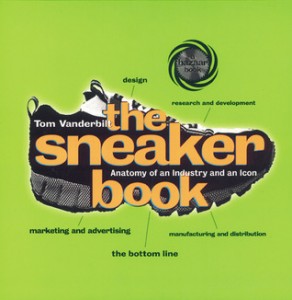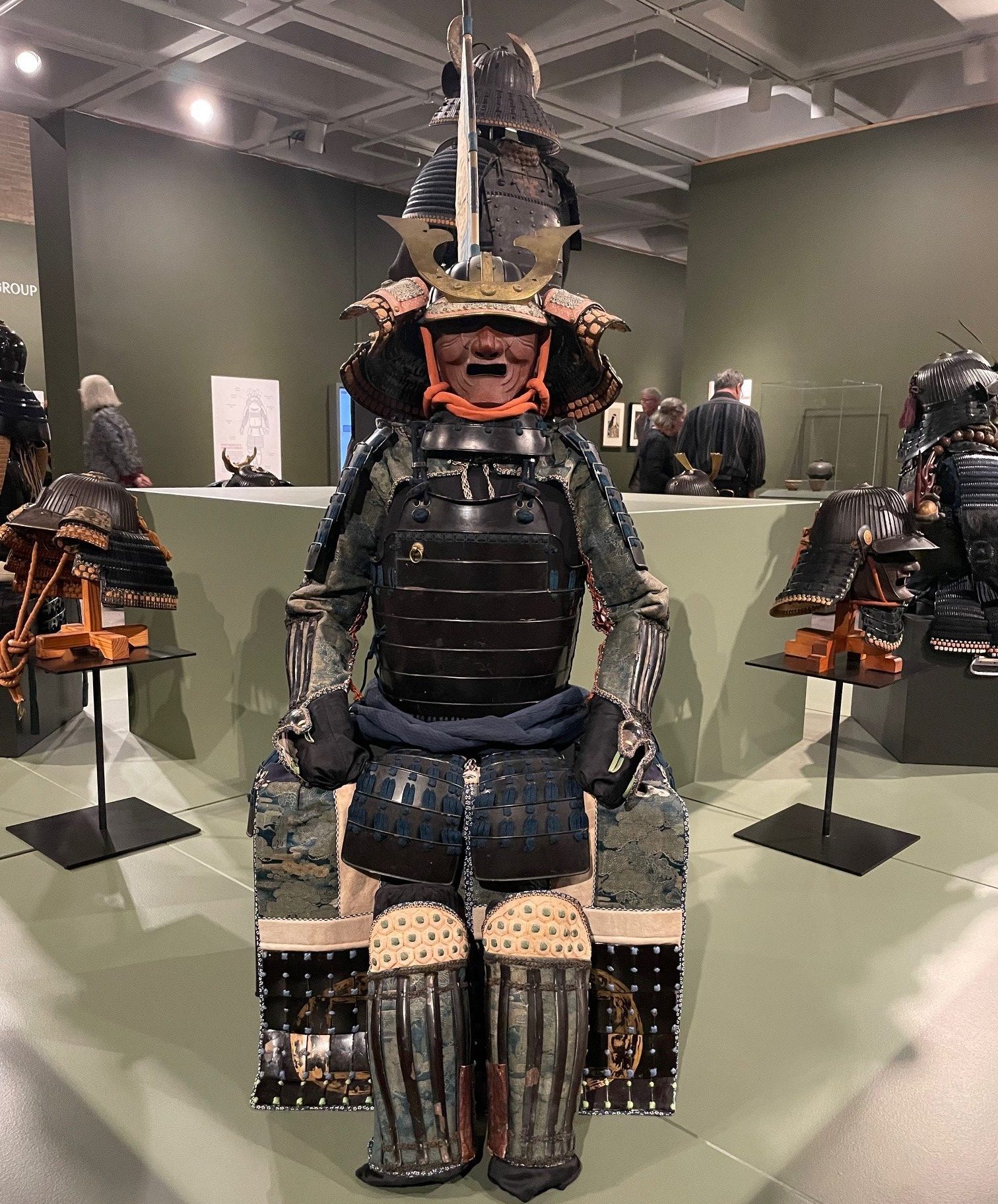
This year’s Emmy-winning megahit Shogun reintroduced American TV audiences to the romantic legend of the samurai. But a new exhibit at the North Carolina Museum of Art in Raleigh—Samurai: The Making of a Warrior—presents a more historically accurate portrait of the life and times of the legendary Japanese warriors, and it came together with the help of a Duke librarian.
Matthew Hayes is the Librarian for Japanese Studies and Asian American Studies at Duke. He was also part of a team of scholars and experts who spent the better part of a year developing the new exhibit. The show features more than seventy samurai arms and armor from an exceptional private collection in Greensboro, North Carolina, along with a host of related artifacts associated with art, culture, and religion, including some borrowed from Duke’s Rubenstein Rare Book & Manuscript Library and a small collection of Buddhist books loaned by Hayes himself.
Hayes first learned of the collection from Chiyoko Lord, of the Japan-America Society of North Carolina, and Simon Partner, a professor of Japanese history at Duke. Hayes worked as an initial intermediary between the collector, Gary Grose, and Caroline Rocheleau, Director of Research and Curator of Ancient Art at NCMA, to establish a mutual interest in an exhibition. From there, Rocheleau expanded the team to include Morgan Pitelka, a professor and historian of premodern Japan at UNC-Chapel Hill, and Megan McClory, one of Pitelka’s Ph.D. advisees researching early modern Japanese sword culture.
What the team saw when they drove out to Greensboro in 2023 nearly floored them. Grose had amassed enough arms and armor to outfit an entire platoon of samurai, all of it historically authentic and meticulously well-preserved.
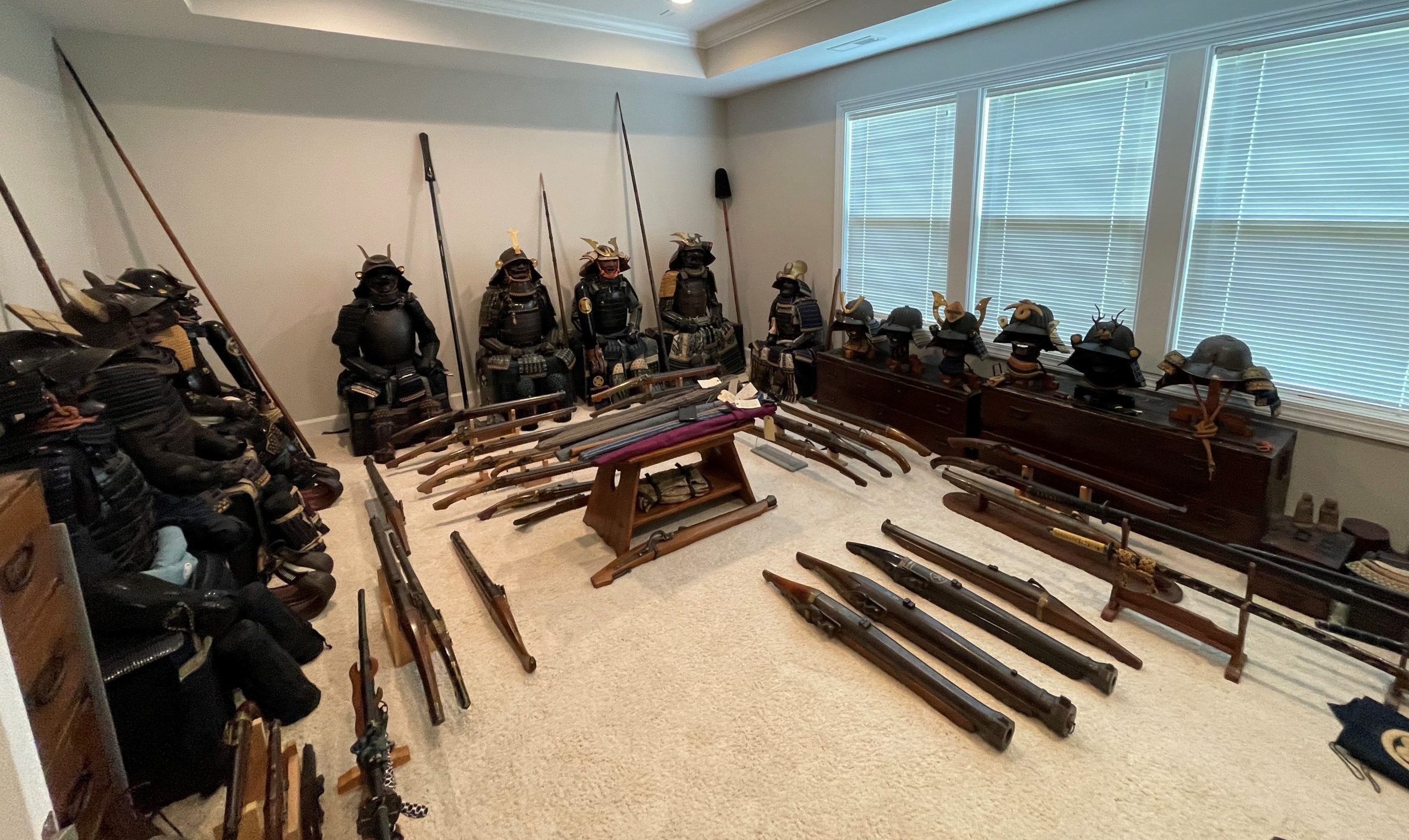
“What astonished me most was the comprehensive nature of the collection,” recalled Hayes. “It wasn’t just a few swords and a helmet, but nearly every bodily implement you can imagine, from tobacco pouches to religious talismans and everything in between. Taken together, it really communicates a full picture of the martial, social, and cultural lives of these warriors.”
Grose’s collection was so extensive and diverse, it practically begged to be shared with the public. The NCMA had prime exhibit space to offer. Rocheleau had the curatorial insight. Hayes, Pitelka, and McClory each had expertise to contribute and an interest in working together. And so a collaboration was born.
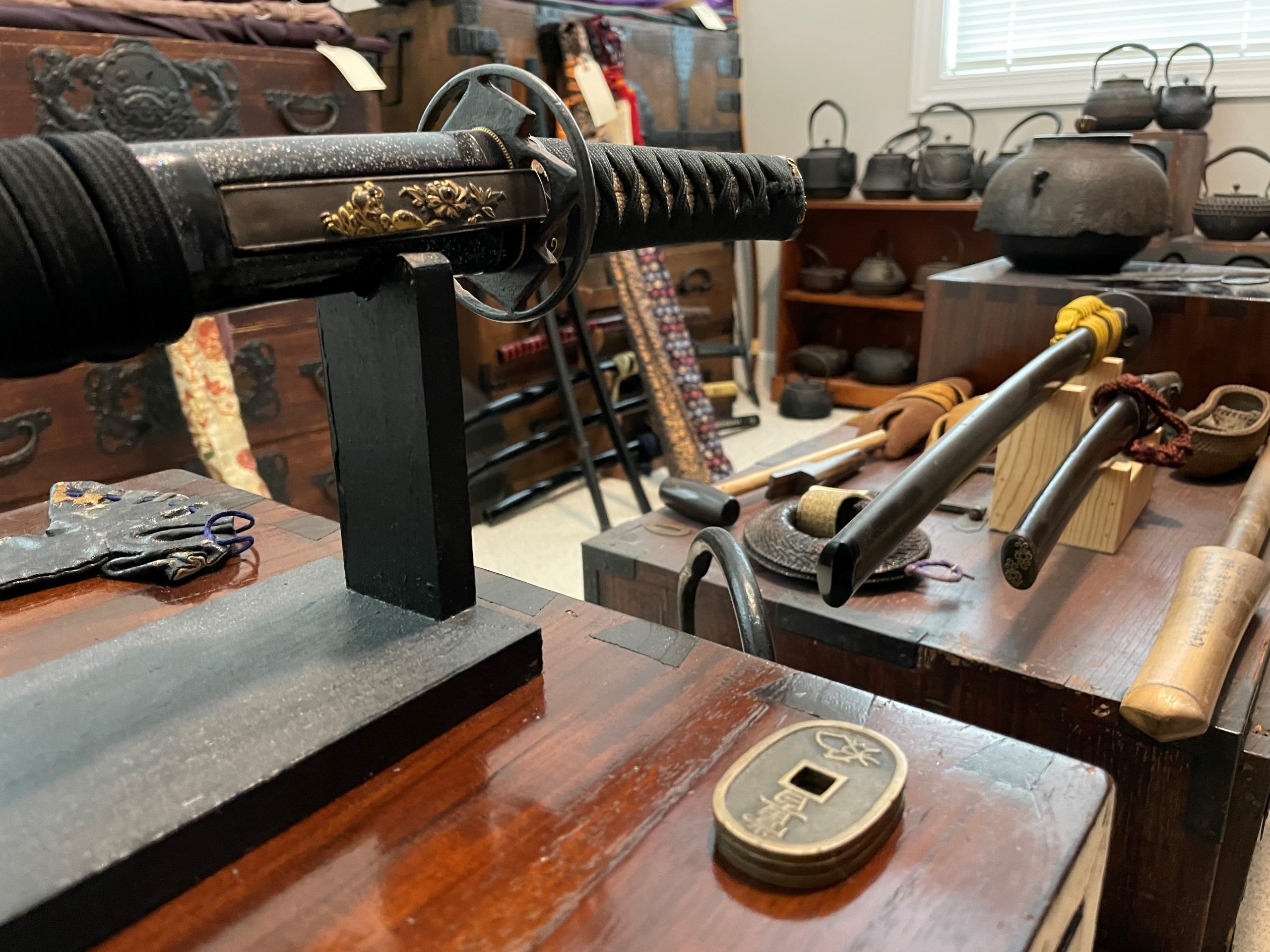
Months of prep work followed, including translating and romanizing Japanese texts and inscriptions, answering questions from museum staff about exhibit loans, writing labels and workshopping each other’s drafts, finalizing the exhibit’s overall flow and organization, and working with local cultural organizations like the Japan-America Society of North Carolina to develop public programs that would draw in community audiences.
With Rocheleau serving as lead curator, each team member focused on their own area of expertise—Pitelka on the historical and cultural context of the samurai, McClory on the material history of the arms and armor, and Hayes on the role of Buddhism in the lives of the elite warrior class. (Hayes and Pitelka are also giving a public lecture at the museum on November 24 about how the samurai engaged in new forms of cultural and religious patronage during the seventeenth century.)
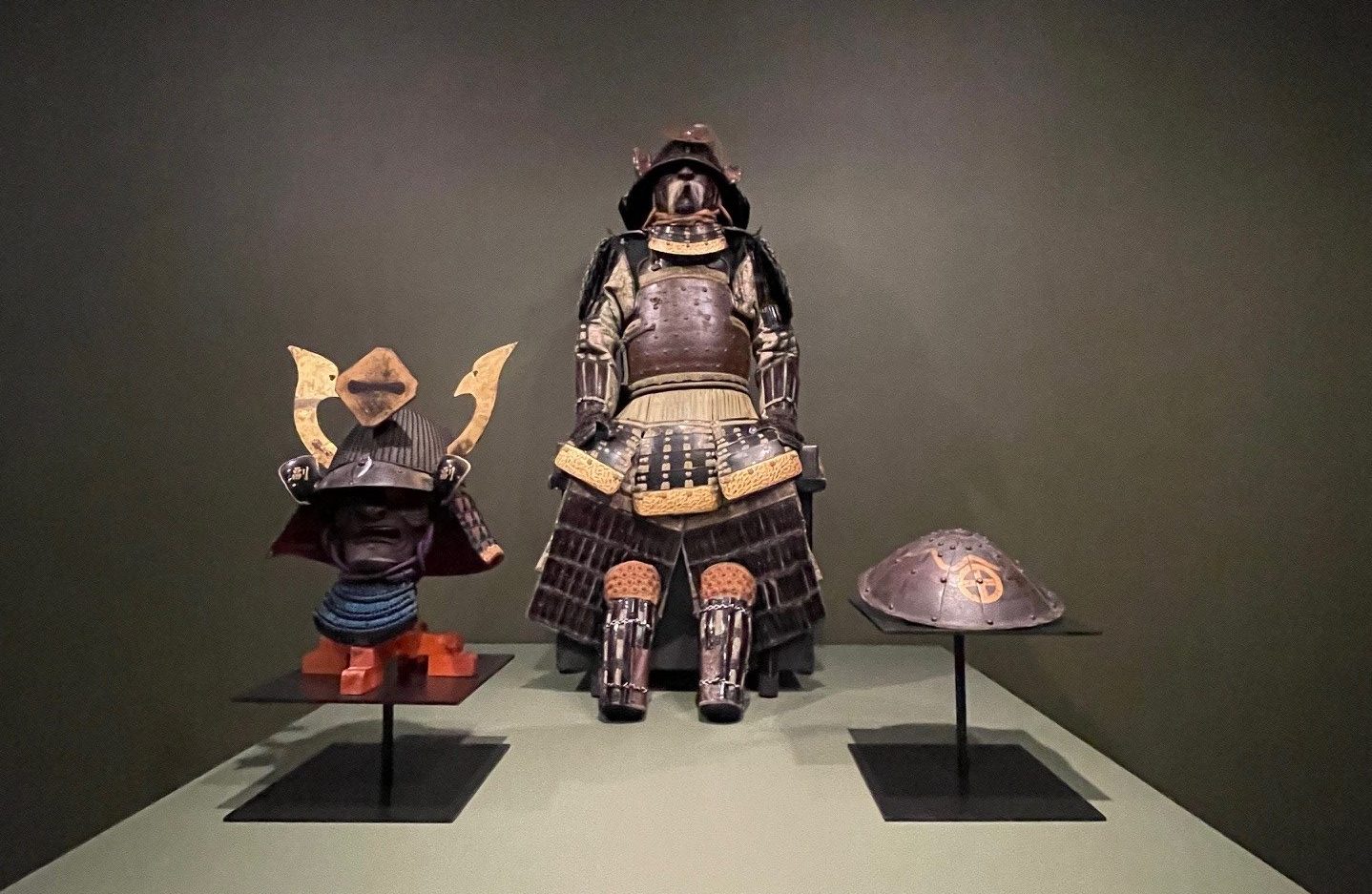
Samurai: The Making of a Warrior opened to the public in mid-October and will run through February 2, 2025. It’s the first exhibit on East Asian material culture at the state’s flagship art museum in over thirty years, and it came together through the collaboration of community partners, including Duke and UNC. (Athletic rivalries aside, the two schools regularly partner across a range of formal and informal initiatives, to the benefit of both campuses.) The exhibit has also already benefitted individual students at both schools; Hayes has since shared the rest of his collection of Buddhist books with interested interns at Rubenstein Library, while Pitelka’s own undergraduate lab students participated in creating the chronology for the exhibit. The NCMA has even ensured learning opportunities for younger generations in The Triangle by including an interactive game, coded especially for this exhibit and available within the exhibit space, that allows players to test custom armor configurations to see if they’d be successful on the battlefield.
Asked what he hopes people take away from the exhibit, Hayes says it offers a counterpoint to the stereotypical image we tend to have of samurai, which is largely the product of pop culture and entertainment—Shogun being the most recent example. “While it may be the case that samurai were sword-wielding warriors trained in combat, there was much more to their lives off the battlefield,” he says. “They were culturally trained, religiously devout, and crucially supported by women within their family units. In fact, this exhibit even offers a glimpse into the lives of women who were samurai in their own right.”
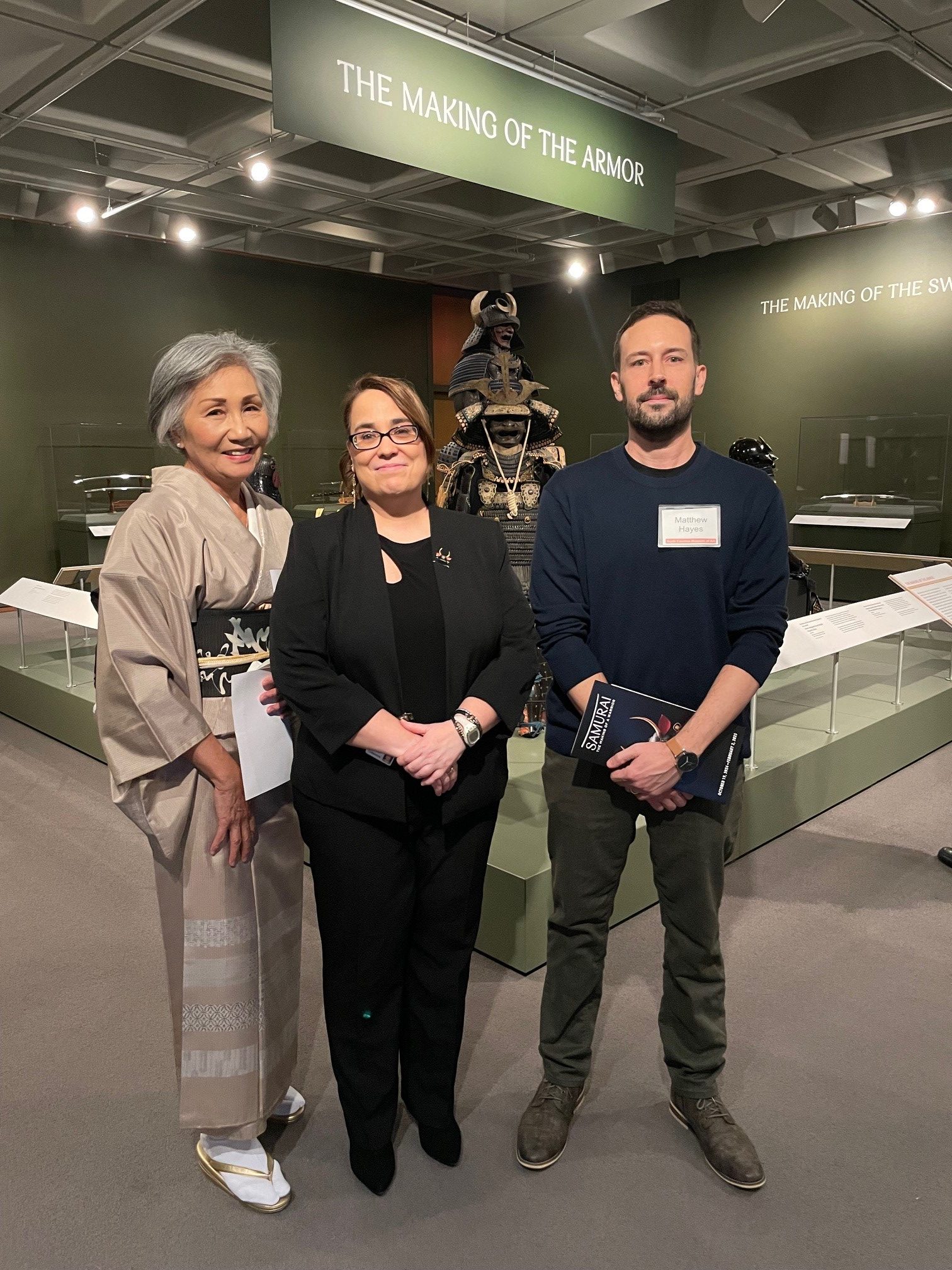
Not only that, but visitors will appreciate the rich educational offerings that can be found in their own backyard. “What is also remarkable about the exhibition is the collaboration with local collectors, museums, scholars, cultural groups, students, and librarians to showcase the material culture of Japan from our immediate community,” says NCMA’s Rocheleau. “Amazingly, 96 percent of the objects in the exhibition are from the Triangle and Greensboro!”
But even if you go just for the swords and armor, you’ll come away with a new appreciation for these multidimensional warlords, and for the pleasures of studying other cultures from around the world—many of which are represented here in the Triangle and throughout North Carolina.
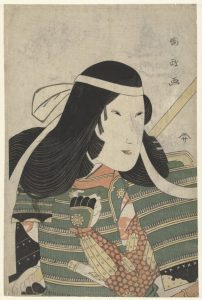 Free Exhibit Lecture
Free Exhibit Lecture
Samurai as Patrons: Governance, Martial Arts, and Zen Buddhism in 17th-Century Japan
Sunday, November 24
2:00 – 3:30 p.m.
North Carolina Museum of Art
East Building, SECU Auditorium
How did early modern samurai reconcile their martial ethics with religion? How was this reflected in the rule of military government? Join Morgan Pitelka (UNC–Chapel Hill) and Matthew Hayes (Duke University Libraries) as they discuss examples of how samurai in seventeenth-century Japan reconciled their martial practice with Zen Buddhism, against the background of a strong warrior government and highly stratified social structure.


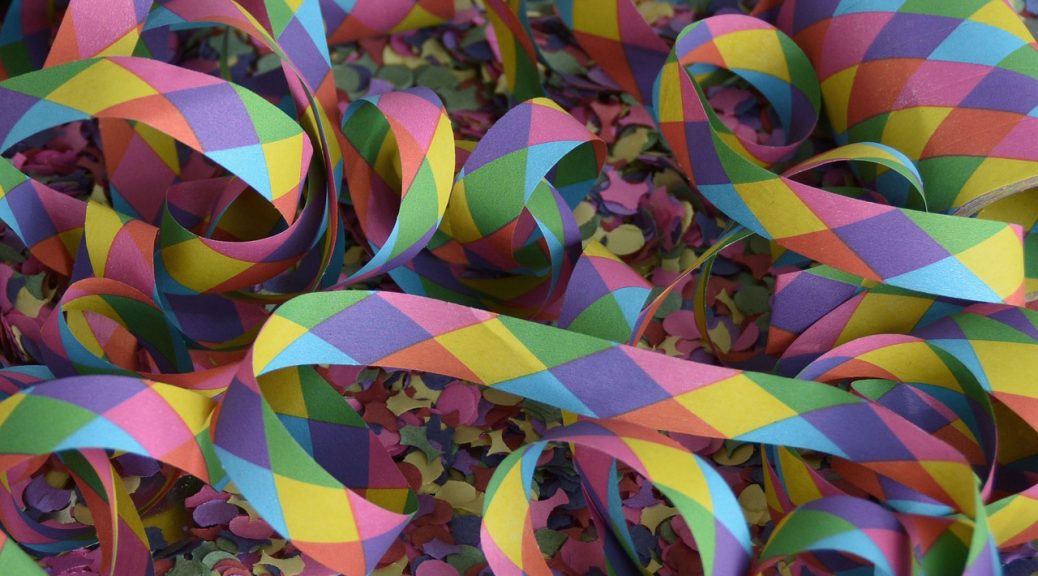


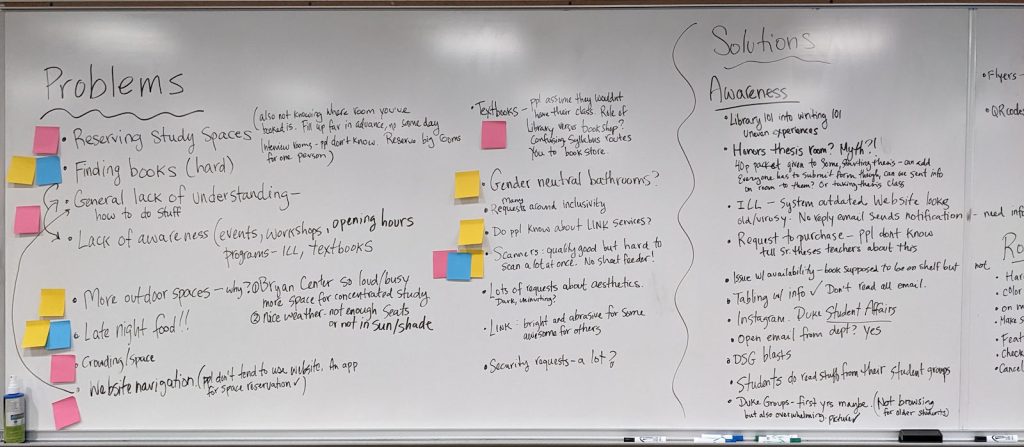
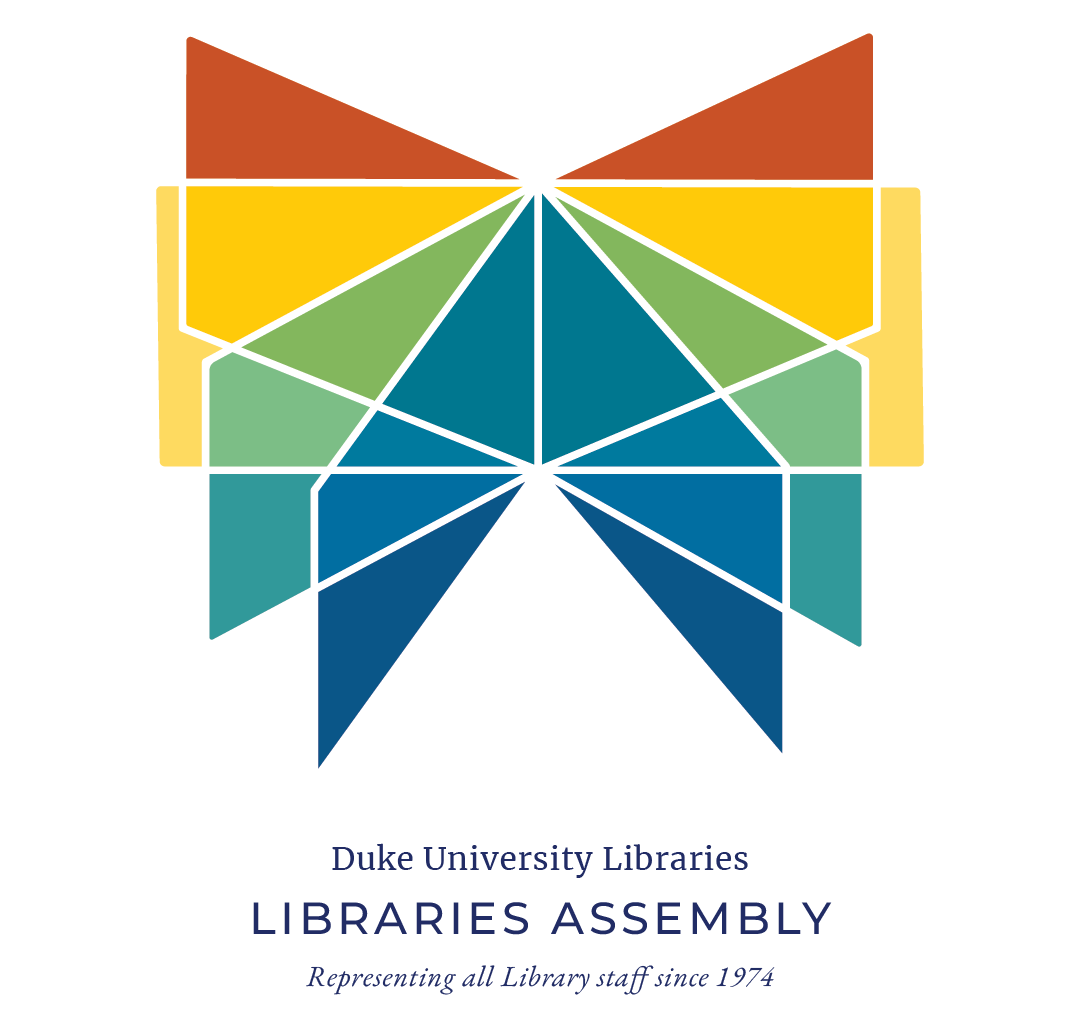










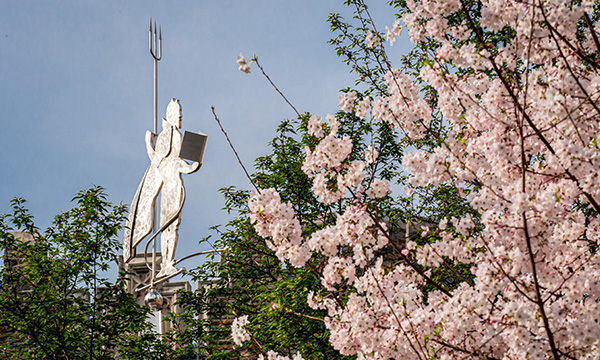




























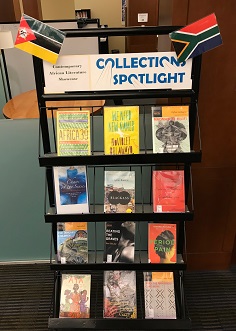 What is African literature? Is it literature created by Africans or about Africans? These are some of the questions students in the Duke Africa Conversations Club hope to spark in their selection of books for Duke University Libraries’ current Collection Spotlight on Contemporary African Literature.
What is African literature? Is it literature created by Africans or about Africans? These are some of the questions students in the Duke Africa Conversations Club hope to spark in their selection of books for Duke University Libraries’ current Collection Spotlight on Contemporary African Literature. The Africa Conversations Club encourages discourse at Duke about issues relating to the African continent and the African diaspora. Their selections (chosen in consultation with Heather Martin, African and African American Studies Librarian) highlight contemporary African fiction, nonfiction, and poetry.
The Africa Conversations Club encourages discourse at Duke about issues relating to the African continent and the African diaspora. Their selections (chosen in consultation with Heather Martin, African and African American Studies Librarian) highlight contemporary African fiction, nonfiction, and poetry.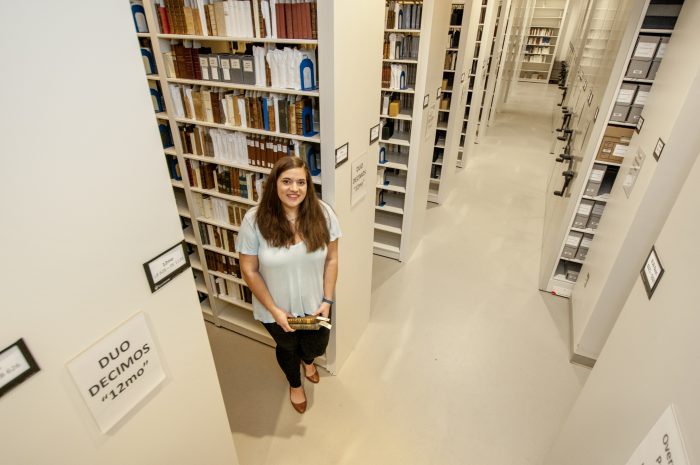








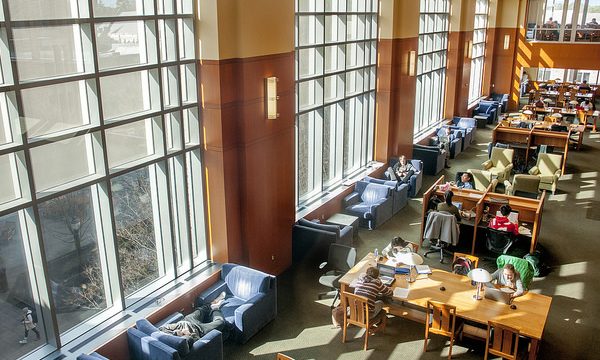



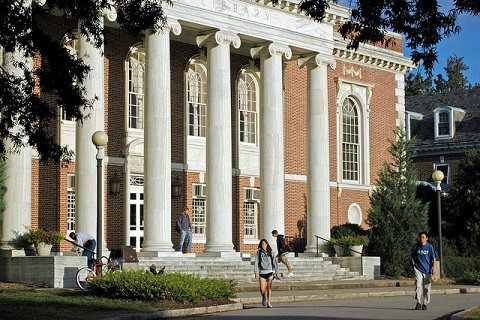
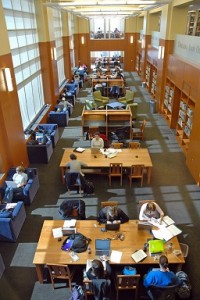
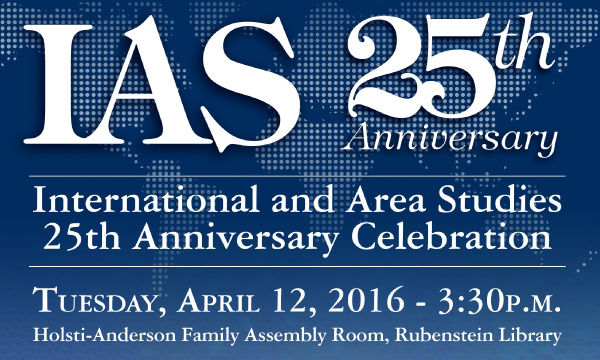

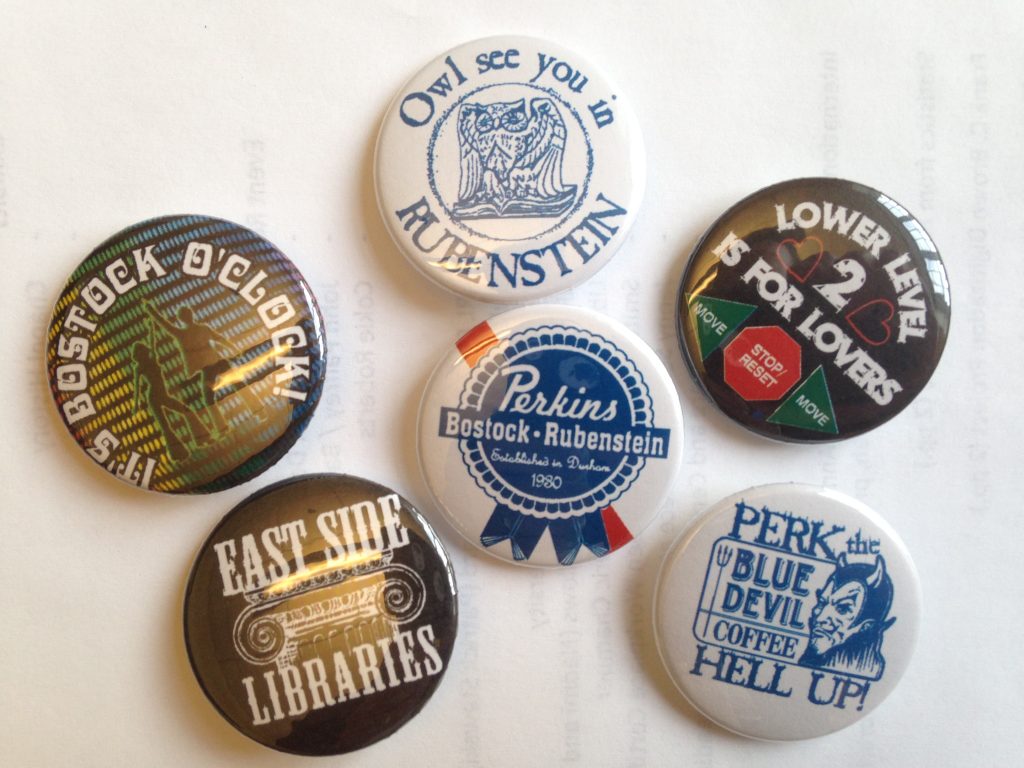
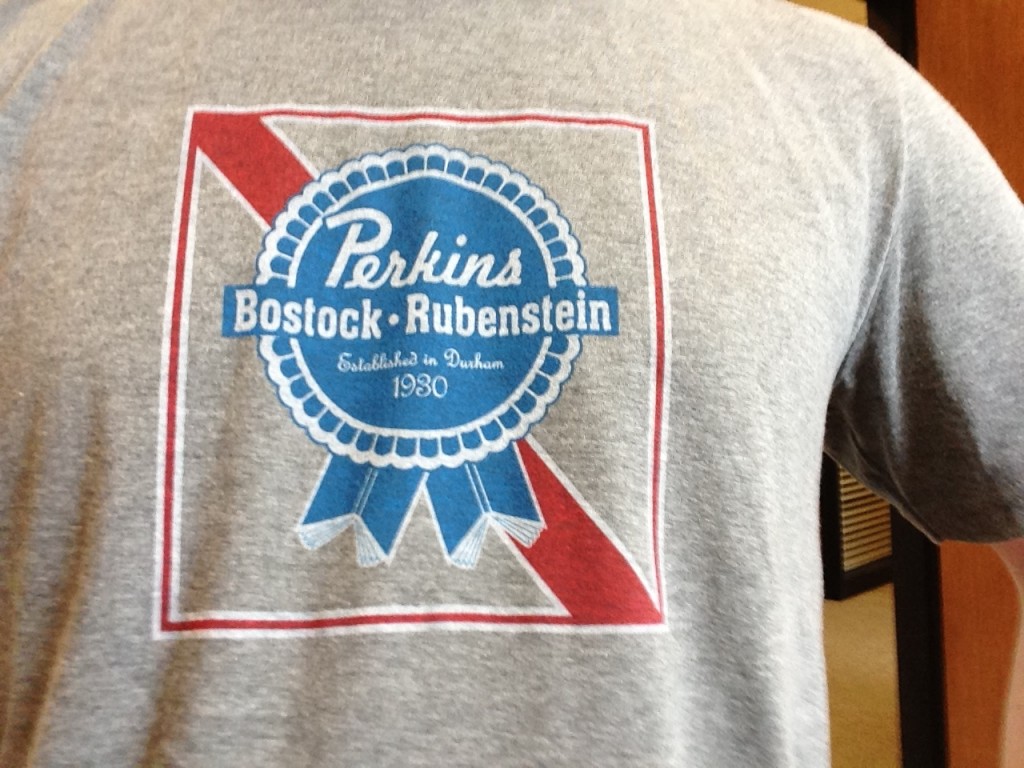
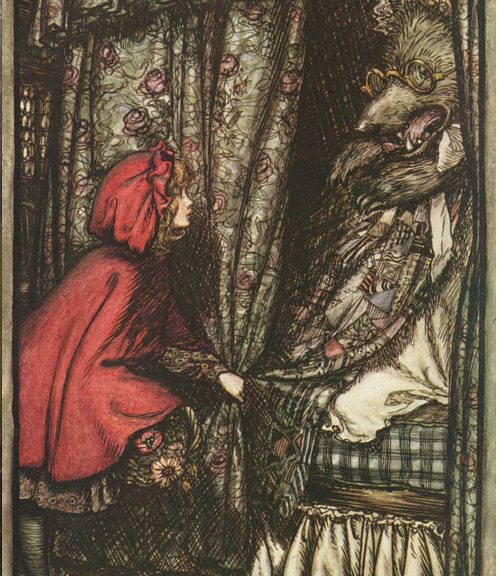

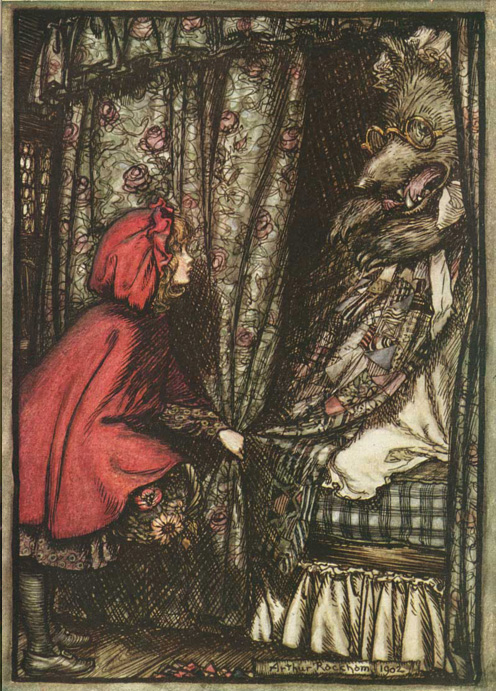
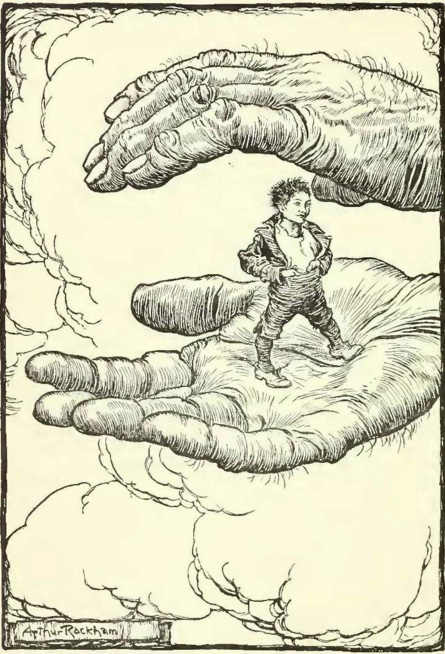
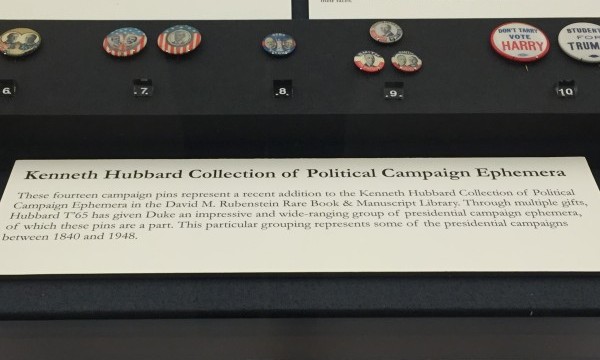
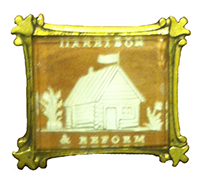




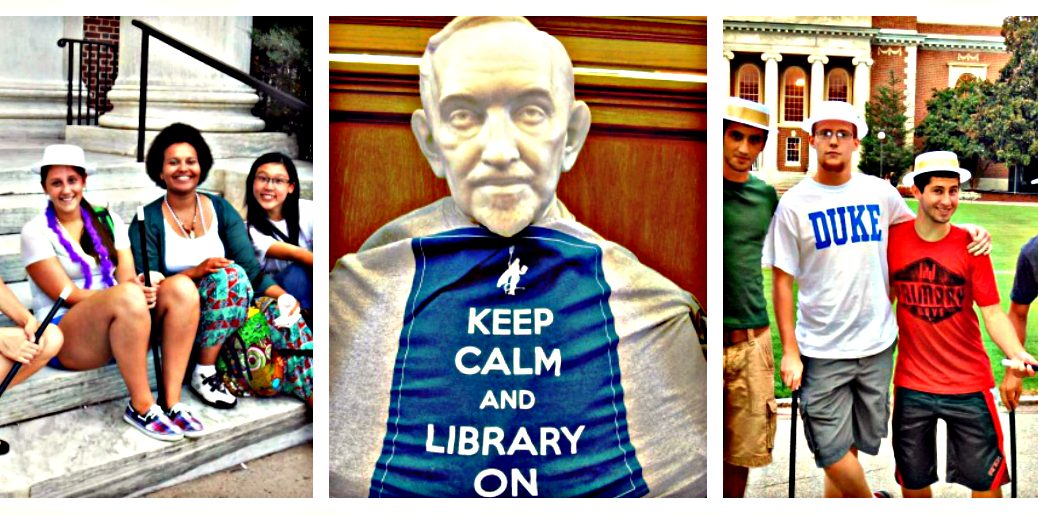










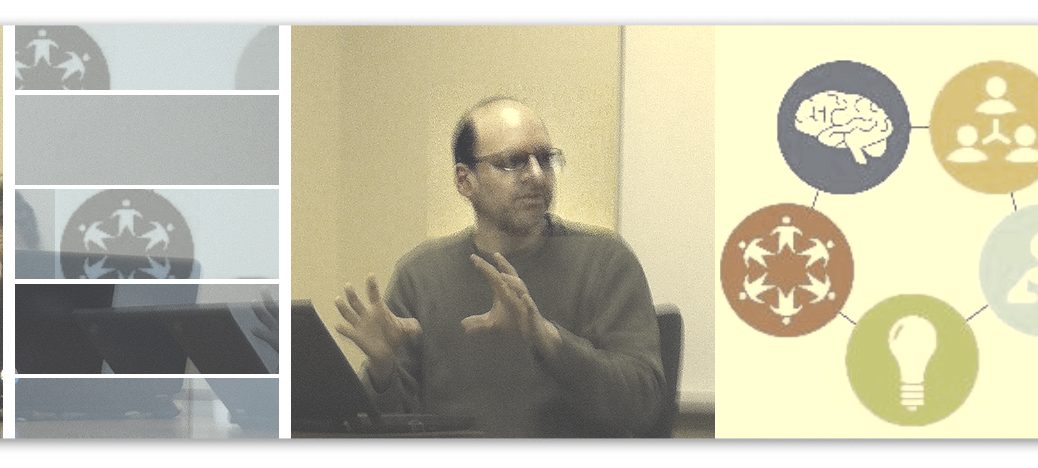

 The quick and frivolous
The quick and frivolous